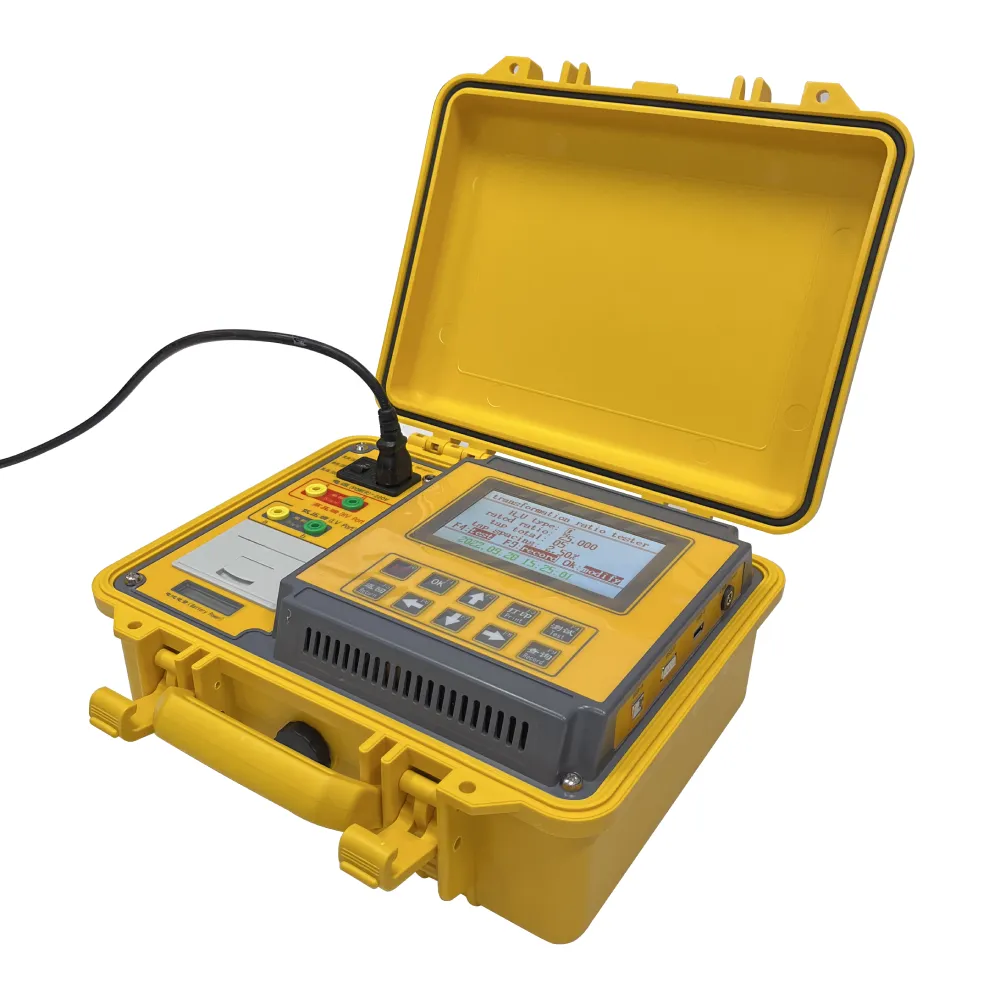 English
English



-
 Afrikaans
Afrikaans -
 Albanian
Albanian -
 Amharic
Amharic -
 Arabic
Arabic -
 Armenian
Armenian -
 Azerbaijani
Azerbaijani -
 Basque
Basque -
 Belarusian
Belarusian -
 Bengali
Bengali -
 Bosnian
Bosnian -
 Bulgarian
Bulgarian -
 Catalan
Catalan -
 Cebuano
Cebuano -
 China
China -
 China (Taiwan)
China (Taiwan) -
 Corsican
Corsican -
 Croatian
Croatian -
 Czech
Czech -
 Danish
Danish -
 Dutch
Dutch -
 English
English -
 Esperanto
Esperanto -
 Estonian
Estonian -
 Finnish
Finnish -
 French
French -
 Frisian
Frisian -
 Galician
Galician -
 Georgian
Georgian -
 German
German -
 Greek
Greek -
 Gujarati
Gujarati -
 Haitian Creole
Haitian Creole -
 hausa
hausa -
 hawaiian
hawaiian -
 Hebrew
Hebrew -
 Hindi
Hindi -
 Miao
Miao -
 Hungarian
Hungarian -
 Icelandic
Icelandic -
 igbo
igbo -
 Indonesian
Indonesian -
 irish
irish -
 Italian
Italian -
 Japanese
Japanese -
 Javanese
Javanese -
 Kannada
Kannada -
 kazakh
kazakh -
 Khmer
Khmer -
 Rwandese
Rwandese -
 Korean
Korean -
 Kurdish
Kurdish -
 Kyrgyz
Kyrgyz -
 Lao
Lao -
 Latin
Latin -
 Latvian
Latvian -
 Lithuanian
Lithuanian -
 Luxembourgish
Luxembourgish -
 Macedonian
Macedonian -
 Malgashi
Malgashi -
 Malay
Malay -
 Malayalam
Malayalam -
 Maltese
Maltese -
 Maori
Maori -
 Marathi
Marathi -
 Mongolian
Mongolian -
 Myanmar
Myanmar -
 Nepali
Nepali -
 Norwegian
Norwegian -
 Norwegian
Norwegian -
 Occitan
Occitan -
 Pashto
Pashto -
 Persian
Persian -
 Polish
Polish -
 Portuguese
Portuguese -
 Punjabi
Punjabi -
 Romanian
Romanian -
 Russian
Russian -
 Samoan
Samoan -
 Scottish Gaelic
Scottish Gaelic -
 Serbian
Serbian -
 Sesotho
Sesotho -
 Shona
Shona -
 Sindhi
Sindhi -
 Sinhala
Sinhala -
 Slovak
Slovak -
 Slovenian
Slovenian -
 Somali
Somali -
 Spanish
Spanish -
 Sundanese
Sundanese -
 Swahili
Swahili -
 Swedish
Swedish -
 Tagalog
Tagalog -
 Tajik
Tajik -
 Tamil
Tamil -
 Tatar
Tatar -
 Telugu
Telugu -
 Thai
Thai -
 Turkish
Turkish -
 Turkmen
Turkmen -
 Ukrainian
Ukrainian -
 Urdu
Urdu -
 Uighur
Uighur -
 Uzbek
Uzbek -
 Vietnamese
Vietnamese -
 Welsh
Welsh -
 Bantu
Bantu -
 Yiddish
Yiddish -
 Yoruba
Yoruba -
 Zulu
Zulu
Testing Insulation Resistance of Potential Transformers for Enhanced Safety and Performance
Insulation Resistance Test of Potential Transformers
Insulation resistance testing is a crucial procedure in ensuring the reliability and safety of electrical equipment, particularly potential transformers (PTs). These devices play a vital role in electrical systems by stepping down high voltage to a lower level suitable for metering and protection purposes. Given their exposure to high voltage and harsh environmental conditions, maintaining the integrity of their insulation is paramount to prevent insulation failures, which could lead to system malfunctions or catastrophic failures.
Importance of Insulation Resistance Testing
The insulation of potential transformers is designed to withstand electrical and environmental stresses. However, factors such as moisture, pollution, aging, and mechanical stress can significantly degrade insulation material over time. This degradation can lead to reduced insulation resistance, which poses a risk for electrical short circuits or flashovers, potentially resulting in equipment damage and safety hazards.
Regular insulation resistance testing serves multiple purposes
1. Predictive Maintenance By assessing the condition of the insulation, utility companies and industrial plants can predict potential failures before they cause operational disruptions.
2. Safety Assurance Ensuring that the insulation resistance is within acceptable limits helps protect personnel from electric shock, particularly in environments where high voltages are present.
3. Compliance Many regulatory standards and internal company policies require periodic testing of electrical equipment to ensure compliance with safety and operational standards.
The Insulation Resistance Testing Procedure
The insulation resistance test involves measuring the resistance of the insulation between the windings of the potential transformer and the ground
. The process typically follows these stepsinsulation resistance test of potential transformer

1. Preparation Before testing, ensure that the PT is de-energized and properly grounded. This step is critical to ensure safety and prevent damage to testing equipment.
2. Test Equipment Use a reliable insulation resistance tester, also known as a megohmmeter. This device applies a high DC voltage (typically 500V to 5kV depending on the system specifications) to the insulation to measure the resistance.
3. Testing Connect the megohmmeter leads to the primary terminals and the ground. For more comprehensive testing, apply the test between the primary and secondary windings as well. Record the resistance values displayed by the tester.
4. Evaluation of Results Compare the measured resistance values against baseline values and industry standards. Generally, a resistance value of 1 MΩ per kV of operating voltage is considered acceptable. For example, a 15 kV PT should have a minimum insulation resistance of 15 MΩ.
5. Periodic Testing Insulation resistance testing is not a one-time procedure but should be part of a regular maintenance schedule. Testing should be conducted annually or biennially, depending on environmental conditions and load stress.
Interpreting Test Results
When interpreting the results, various factors must be considered. If the insulation resistance is significantly lower than expected, further investigation is needed. Possible causes may include moisture ingress, insulation degradation, or manufacturing defects. Additionally, a trend analysis over time can provide insights into how the insulation condition is evolving, enabling proactive maintenance.
Conclusion
In conclusion, insulation resistance testing is an essential practice for ensuring the reliability and safety of potential transformers. By regularly assessing insulation conditions, operators can maintain the integrity of their electrical systems, safeguard personnel, and stay compliant with regulatory standards. Given the critical role that potential transformers play in power distribution, taking preventive measures through routine testing not only enhances equipment lifespan but also ensures a more stable and efficient electrical network. Regular attention to insulation resistance is a small investment that yields significant dividends in operational reliability and safety.
-
Testing Equipment Industry Sees Major Advancements in 2025: Smart & Precision Technologies Lead the WayNewsJun.06,2025
-
Applications of Direct Current Generators in Renewable Energy SystemsNewsJun.05,2025
-
Hipot Tester Calibration and Accuracy GuidelinesNewsJun.05,2025
-
Digital Circuit Breaker Analyzer Features and BenefitsNewsJun.05,2025
-
Benefits of Real-Time Power Quality Monitoring Devices for Industrial EfficiencyNewsJun.05,2025
-
Earth Fault Loop Testing in High-Rise Building Electrical SystemsNewsJun.05,2025



